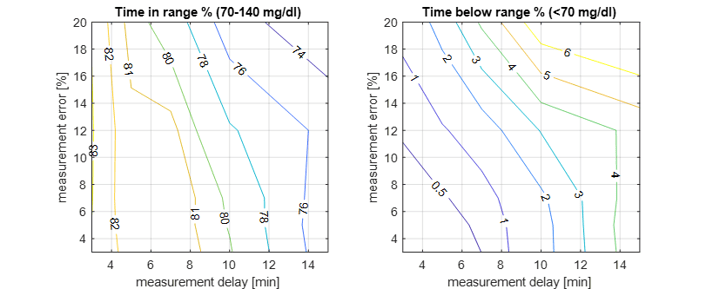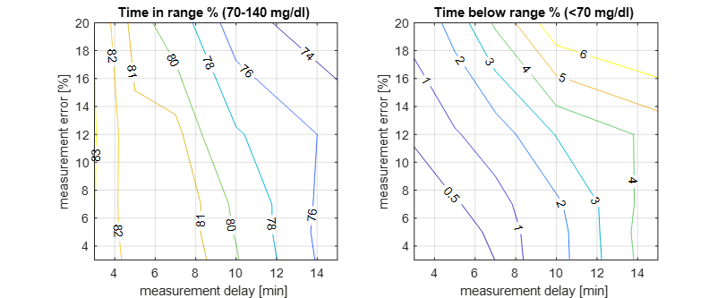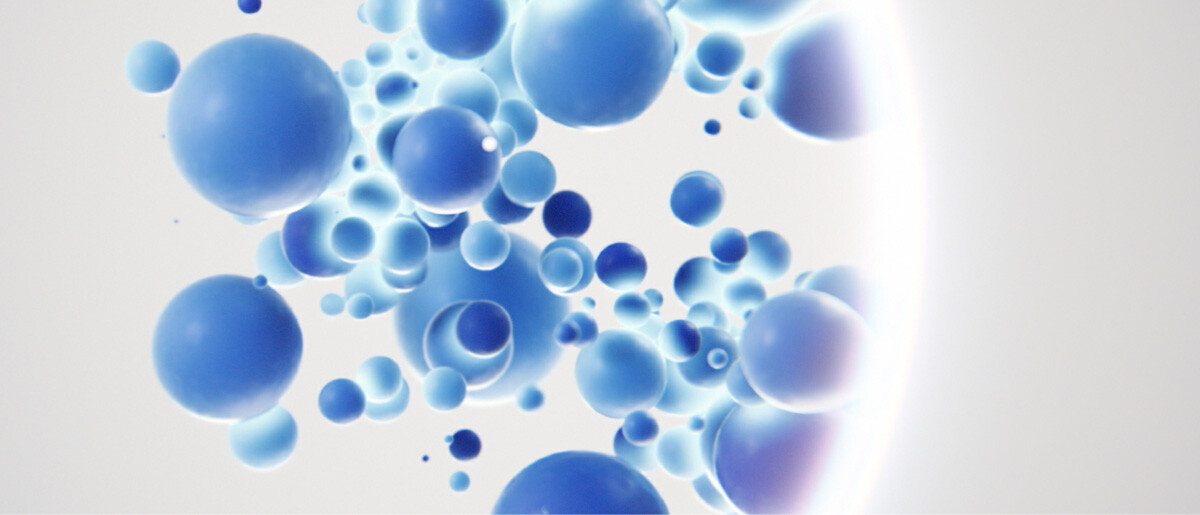Authors: Dr. A. Tarniceriu; L. Desborough; Dr. C. Ziemba; Dr. B. Schär; R. Mathys
Accepted at the 14th International Conference on Advanced Technologies and Treatments for Diabetes; June 2021
Keywords: Automated Insulin Delivery, in silico, closed loop
Background
We are developing a blood glucose control technology based on intravenous (IV) blood sampling and delivery of insulin. A wearable device photometrically measures glucose in IV blood samples and delivers insulin via the same IV path. This removes the time lag between the interstitial and blood compartments associated to subcutaneous technologies and ensures faster insulin action. In turn, this facilitates blood glucose control without prior meal or activity information.
Objective
As the performance of the automated glucose measurement is a critical component of automated insulin delivery (AID) systems, we evaluate the effect of measurement delay and error on the time-in-range and time-below-range for type 1 diabetes in-silico subjects.
Method
The simulations are performed on two in silico type 1 diabetes subject models: the UVa/Padova T1DMS model (33 subjects – 11 adults, 11 adolescents, and 11 children) and the NudgeBG model (1000 subjects, including the effect of unmeasured sources of variation such as stress and exercise). For each subject, glucose profiles are simulated for two days involving four meals/day (three main meals and a late-evening snack; 20-70 grams of carbohydrates/meal). Measurement and insulin delivery errors are included in the simulation. The control interval is 15 minutes. The only subject-specific physiology parameter used to configure the control algorithm is the total daily basal dose (TDBD) of insulin. Time in the narrow glycemic range (70-140 mg/dl) and time-below-range (<70 mg/dl) are computed for measurement delays up to 20 minutes and for measurement errors up to 35%.
Results
The result figures display the time-in-range and time-below-range dependency on the measurement delay and measurement error, for the UVa/Padova and NudgeBG models, respectively. As expected, the performance degrades for higher delays and errors. The performance is more sensitive to the measurement delay than to the measurement error.

NudgeBG results

UVa/Padova results
|
As the measurement delay increases, the time-in-range decreases. Because IV sampling eliminates the lag between venous and interstitial compartments, it reduces the overall delay, leading to higher performance. Both time-in-range and time-below-range are more sensitive to the measurement delay than to the measurement error. |




